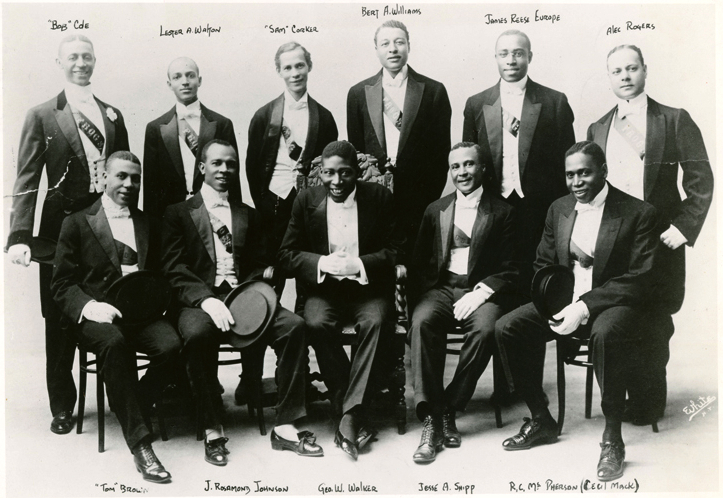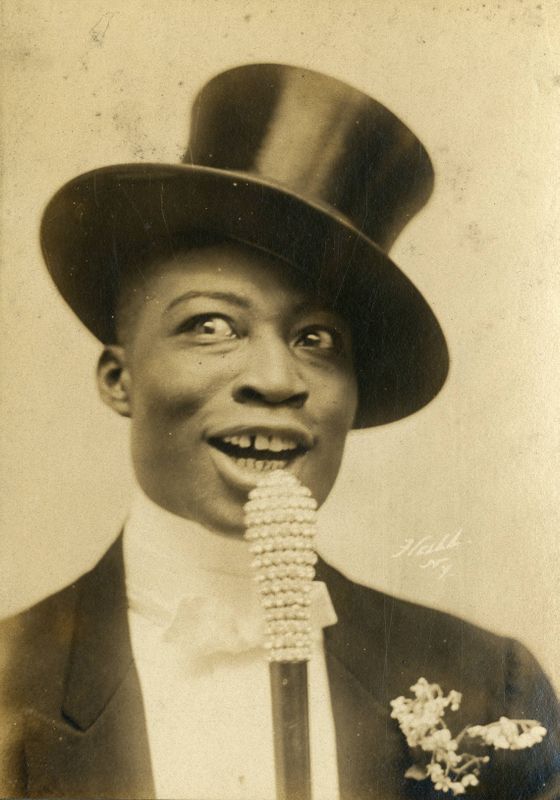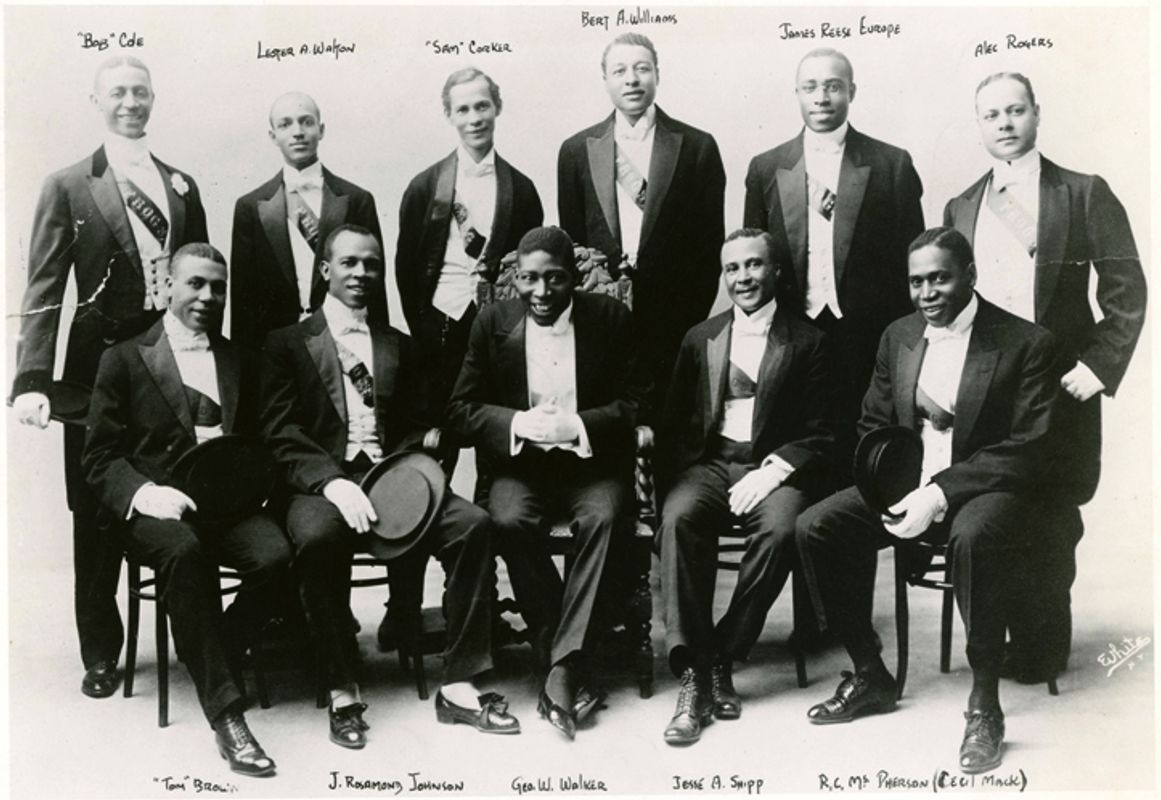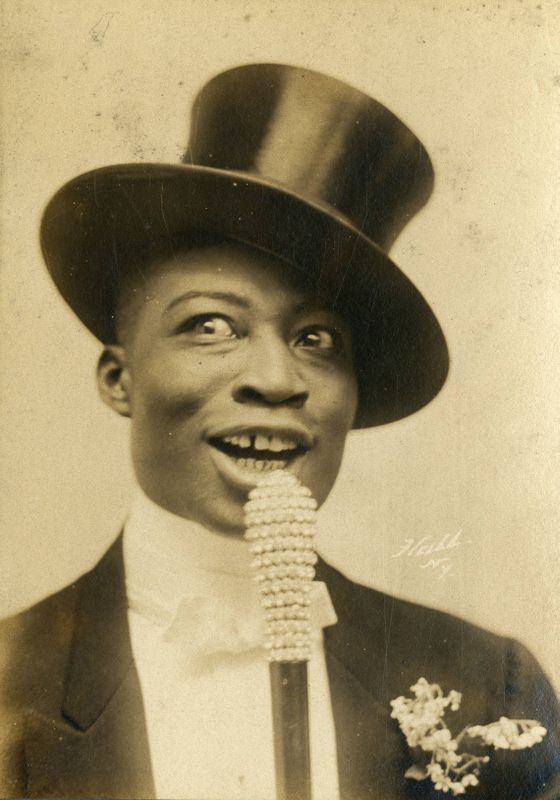Dandyism in Dance
Celebrating Black History Month
WRITTEN BY AYO JANEEN JACKSON
WEEK 2
Minstrelsy & Vaudeville
The Joyce Theater celebrates Black History Month by uncovering hidden narratives that set the stage for shows we enjoy today, from Broadway to The Joyce Theater. This initiative will investigate how Dandyism appears in dance. This is the second of four blog posts that will highlight how Black men have shaped American forms of dance and entertainment.
We will explore how Dandyism shows up within several different contexts: Minstrelsy & Vaudeville, The Harlem Renaissance, and Ballet & Contemporary Dance forms.
Imitation is the Sincerest Form of Flattery
They say imitation is the sincerest form of flattery, but can it also function as a tool of resistance and transcendence? This post examines how African-American performers navigated the entertainment world despite being racially mocked. We will explore mockery vs imitation in performance by using as our subjects two legendary dancers, Master Juba, and George Walker, as well as a dance, the Cakewalk. Minstrelsy was meant to mock, but who was imitating whom?
While many artists of color donned blackface for employment opportunities, the psychological toll was undeniable. Historian Eric Lott identified this strange predicament - a black man imitating a white man imitating a black man.
Where Master Juba used imitation to assert artistic superiority, George Walker transformed the image of Black masculinity in entertainment. Born in 1872 in Lawrence, Kansas, George “Nash” Walker began as a young dancer in medicine shows and went on to become a dandy in the original sense. He used clothing to assert his value in show business as well as the segregated world at large.

“[George Walker] explained his reasons for extravagant and costly stage costumes and good, expensive street clothes. Dress is George Walker’s stock in trade. It is a part of his method of making business. He believes in the modern American idea that the most successful businessmen in the county are the men who know how to advertise their business to advantage, and he contends that clothes help to advertise his and his partner’s theatrical business…






